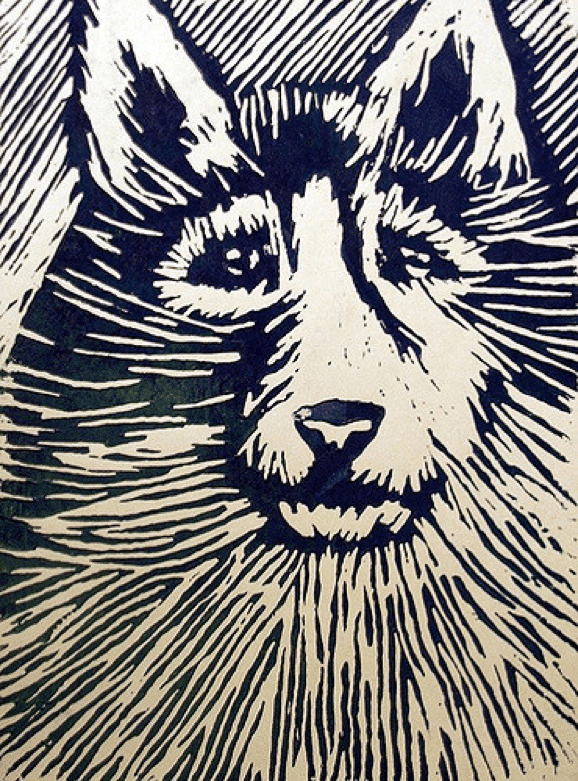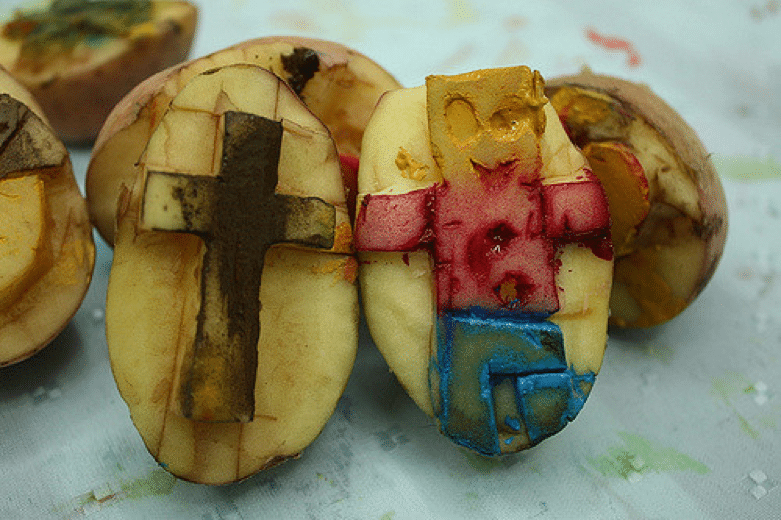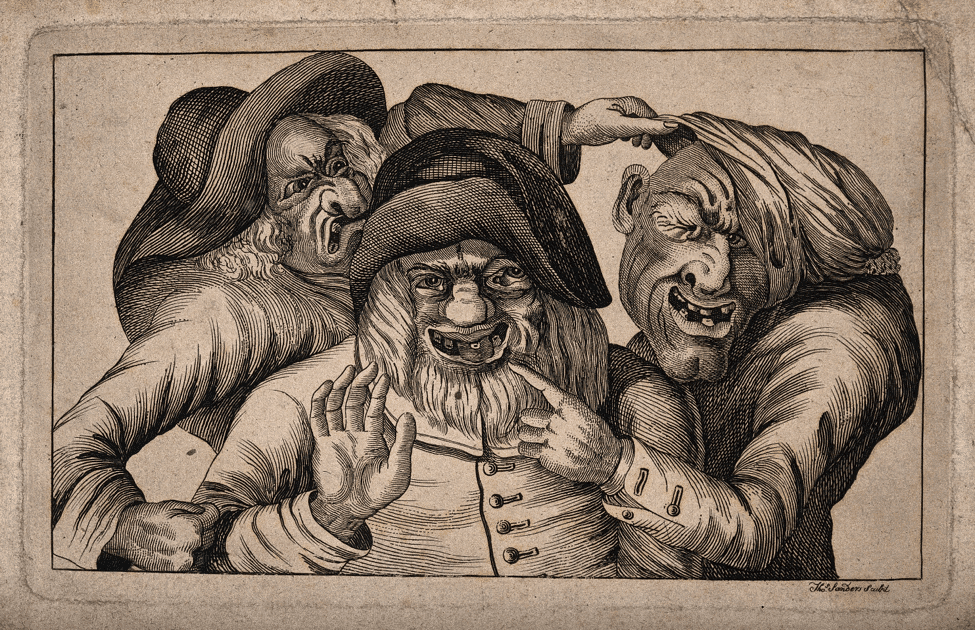
Art Focus: Understanding Printmaking
For those of us who love our fireplaces, decorating our mantels and the surrounding area is irresistible. Often this involves finding the perfect piece of art to hang above a mantel — to make a statement, to tie a room’s décor together, or just because you love it. But as we talk to customers, we’ve realized many don’t feel confident in their art knowledge. Printmaking is especially mystifying. So this week we will seek to better understand this varied art form.
What is Printmaking?
Even many art enthusiasts don’t understand printmaking. According to the Encyclopedia Britannica, “Printmaking is an indirect means of creating art by transferring an image or design by contact with a matrix such as a block, plate, stone, or screen.” So the artist is working on this other thing that’s going to create the artwork, rather than directly on paper or canvas.
As children, many of us experimented with a primitive form of printmaking: the potato print. This ephemeral art form (How long can you really keep that raw potato?) generally resulted in clunky tempera prints on construction paper, which quickly flaked off on the carpet. In the case of prints worthy of hanging over a mantel, picture a much more sophisticated version of that potato print.

Printmaking at its most basic.
Four Basic Manual Processes
Most printmaking processes can be divided into four types: relief, intaglio, lithography and stencil. Let’s take a look at each.
Relief
When artists make relief prints, they start by cutting away the part they do not want. Whatever is left of the surface becomes the print. Professional artists don’t generally use potatoes, but it’s that same idea. Instead, they use wood, linoleum or another surface. For example, an artist could start with a chunk of pine and use a woodcut knife and other tools to carve out a design. When she finishes carving, the artist rolls ink onto the woodblock, then presses it onto paper.

A linoleum print
Intaglio
Intaglio is the opposite of relief, in that the ink forming the finished print comes from recessed areas of the plate. Etching, engraving, mezzotint and drypoint are examples of intaglio. Etching is usually done on a zinc or copper plate. The artist uses an acid-resistant coating called a “ground” to cover the plate. Then she uses etching tools to carve a picture into the ground, exposing the surface of the plate. When she’s done, she cleans the plate’s surface, leaving ink only in the fine lines. Then the paper can be placed with the plate and run through a press. The paper draws the ink out of the lines of the plate, leaving an image on the paper. One telltale sign of an etching is an embossed mark near the edges of the paper, because the plate is smaller than the paper.

An intaglio print. Note the embossed plate line near the edge of the paper.
Lithography
Invented in 1796, lithography’s image-forming capability comes from oil’s refusal to mix with water. Originally, a limestone plate was covered with fat, wax or oil. Then a mixture of gum Arabic and acid was used to remove grease in the desired areas. These areas retained water. When an oil-based ink was applied, the water repelled it, allowing the ink to be transferred to a blank sheet of paper. Nowadays, artists usually use polymer coatings on plastic or metal plates.

A colorful lithograph of Tasmanian wolves.
Stencils
Stencil printing, also known as screen printing, involves ink passing through a stencil. Often the ink flows through mesh stretched across a metal or wooden frame onto cloth or paper below. The Chinese used a mesh of human hair when they developed this technique two thousand years ago. Today, many t-shirts are made this way.

Andy Warhol popularized screen printing for a new generation.
As we always say, art is in the eye of the beholder, so everybody has to decide for themselves what to hang above the fireplace mantel. But if you need some guidance in picking which mantel is best for your home, we’ll be happy to help. Give us a call today.

